12 Interesting & Fun Rabbit Facts For Kids 2024
Rabbits are some of nature’s gentlest creatures. They are small, soft, and cuddly and make great pets! However, aside from seeing rabbits do funny things in cartoons, you might not know as much about them as you would like.
This article will walk you through 15 fun and interesting facts about rabbits. Hopefully, by the time you reach the end, you’ll want to adopt one for yourself!
Also Read: Teacup Pomeranian Facts | Are they the right Pet for you?
Let’s take a closer look at some information about rabbits.
Fun Rabbit Facts for Kids
1. All rabbits have well-developed muscles on their hind legs.
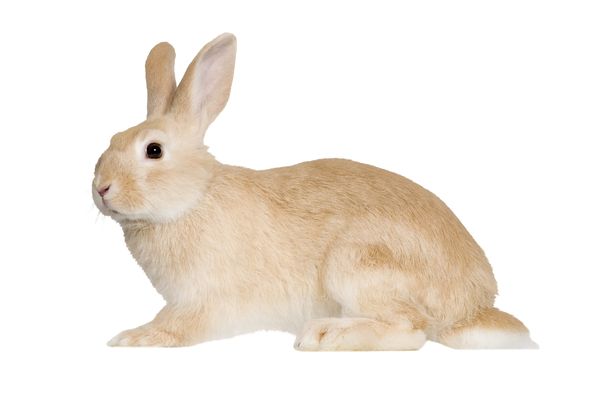
Rabbits have strong and well-developed muscles on their hind legs. Wild rabbits hind legs are divided into three parts: the leg, thigh, and foot, and are much stronger than their forelimbs.
Their hind legs are so strong because they give the rabbits the force and acceleration they need to move around quickly. Their strong leg muscles allow them to move quickly when fleeing predators like foxes. They have four webbed toes on their hind legs that help them with movement every day.
2. Rabbit teeth never stop growing
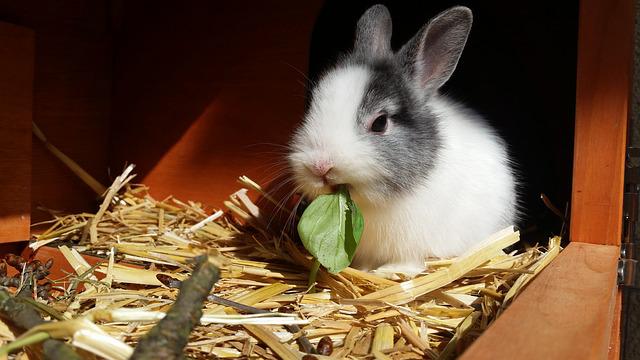
Rabbits have aradicular hypsodont teeth, which means that their teeth continue to grow throughout their lives. While this might sound like a pain, rabbit owners can control teeth growth by feeding them foods like hay or grass.
Chewing on hay helps them wear out their teeth and bring them down to normal size, while grass contains silica that prevents their teeth from getting too long. If rabbits are fed muesli, it could cause their teeth to become too long and cause selective eating.
3. Rabbits cannot survive on carrots
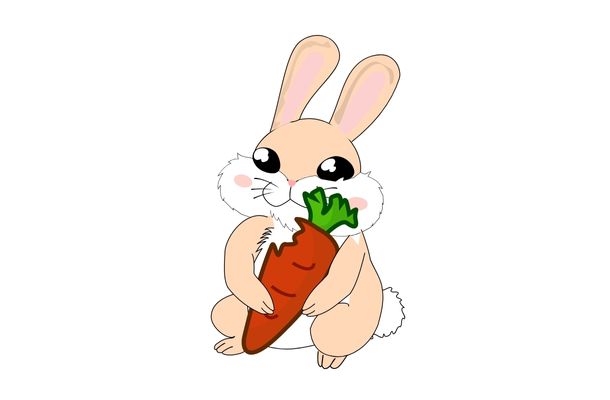
When we think of rabbits, we think of them chewing on carrots in a tiny hutch! However, it’s important to remember that rabbits cannot survive only on carrots because they contain high amounts of sugar.
If rabbits eat carrots and nothing else, their teeth will start to rot and decay, and it will cause their health to fail. To ensure that rabbits live healthy lives, it would be best if they ate foods like leafy greens, hay, grass, and pellets. They can eat carrots, but only as a treat now and then.
4. Rabbits breed very quickly.
This fact might not come as a surprise to many, but rabbis breed at an extraordinary rate. Both male and female rabbits are ready to start mating when they are as young rabbit as three months old. Once rabbits become sexually mature, they can copulate and conceive at any time for the rest of their lives.
After the rabbits have mated, they must wait 28 to 36 days for a litter of rabbit kits to be born! The average litter contains four to 12 babies, but mother rabbits can give birth to over 60 baby rabbit in a single year. Research shows that some female rabbits can become pregnant the day after giving birth to a new litter of rabbit kits.
5. Rabbit ears play an important role in their daily lives.
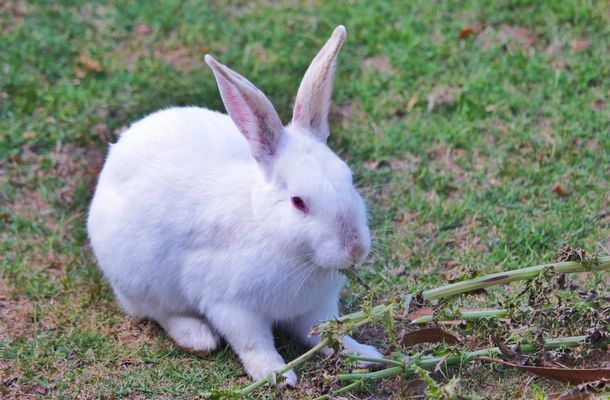
A rabbit’s ears are one of its most noticeable and memorable features. Rabbits have long ears. A rabbit’s ears are highly sensitive to sounds of all kinds, especially when predators are nearby. Since rabbits are preyed-on creatures, their ears help them detect the sounds of dangerous predators and hunters, even when they are far away.
In some rabbit species, the ears are long but narrow, but in others, their ears are almost the same size as their bodies. Rabbits that also live in warm countries often have longer ears that help them bear the heat.
6. Rabbits shed their baby teeth once in their lifetime.
Just like humans that shed their baby milk teeth early on in their lives, rabbits also shed their baby teeth once in their lifetime! This is because they are diphyodonts, meaning they go through two teeth.
Rabbits shed their first set of teeth when they are only a few months old, but their permanent teeth will grow back quickly after. It’s also important to remember that rabbits can sometimes break their permanent incisors if they bite down too hard on their food.
7. Rabbits cannot vomit
It might sound surprising, but rabbits cannot vomit. They are physically incapable of vomiting because rabbits do not have a gag reflex, meaning they don’t know how to vomit! Rabbits also have a weak diaphragm, meaning that their bodies are too weak to be able to bring their food back up.
If a rabbit feels sick, it cannot vomit. Still, it’s important to note that rabbits can cough if they need to. However, they can only do it by excreting their food when it comes to removing food from their bodies.
8. Rabbits have excellent vision
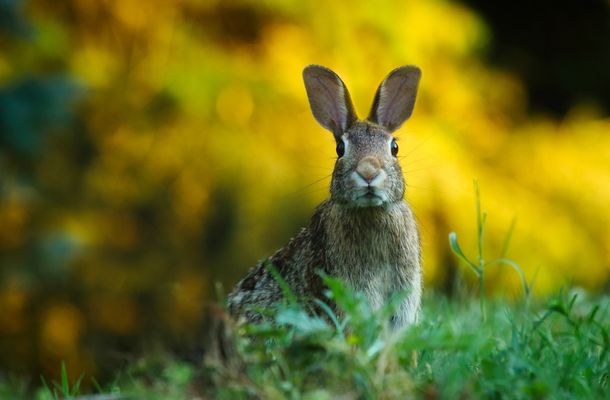
In addition to their keen sense of hearing, rabbits also have good eyesight that allows them to protect themselves from dangerous wild animals. Rabbits have nearly 360° vision because their eyes are on either side of their heads.
Their eyesight allows them to see predators coming from all directions, except for the one blind spot at the bridge of their nose. Rabbits are also short and longsighted, which means they can see their food up close and potential threats from far away.
9. Rabbits play an important role in popular culture and folklore.

Aside from the famous tortoise and hare story, rabbits have been part of popular folklore and culture for hundreds of years. In Japanese and Korean mythology, rabbits are creatures that live on the moon and eat variations of rice cakes; mochi in Japanese mythology and Tteok in Korean mythology.
The figure of the rabbit was also seen as a trickster and a mischievous character in American folklore, such as the character Br’er Rabbit and Bugs Bunny. People in many parts of the world also carry a rabbit’s foot made from ceramic or porcelain to symbolize good luck. In some cultures, rabbits are also seen as symbols of birth and fertility.
10. Rabbits are different from hares
While their names set them apart, rabbits and hares are pretty different from each other. Hares are relatively mature from birth. They are born with strong vision and hair, unlike rabbits, who are born hairless and with poor eyesight. Hares do not need much care and nurturing when they are young, and they tend to live solitary lives, unlike rabbits, who are social animals that live together in groups. Hares are a little bigger than rabbits, with longer ears and hind legs.
Also Read: Fun Hare Facts – Habitat, Diet & More
11. Rabbits eat their droppings
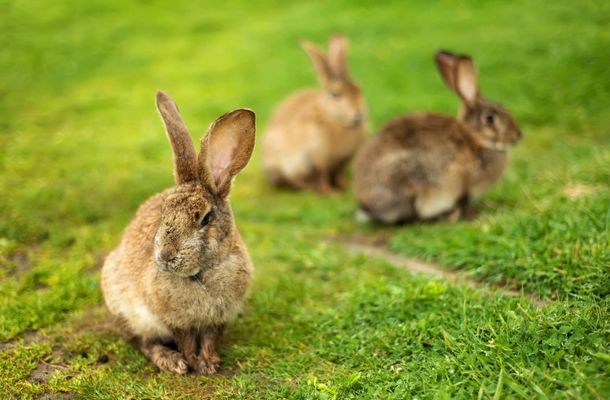
It might sound gross, but rabbits are creatures that ingest their feces. They do this because eating their feces helps them digest their food better and consume all the necessary nutrients to survive. Rabbits excrete two types of feces: hard feces and soft black pellets. They eat the soft black pellets immediately after passing them because they help the rabbits digest their food better.
12. It is difficult to catch a rabbit
If you’ve ever tried to catch a rabbit, you know how difficult it is! Rabbits are famously hard to catch because of the way they run from danger and their muscular bodies. We mentioned earlier that rabbits have well-developed muscles and strong legs that make them hard to catch.
In addition to their bodies, rabbits often run extremely fast in a zig-zag pattern on open land. Their small bodies and agile limbs make following their running pattern difficult, making them hard to catch.
You may also be interested: Fun Hamster Facts for Kids
Conclusion
Rabbits have played an important role in the ecosystem for thousands of years. They have also been faithful pets to their owners, played multiple roles in folklore and popular culture, and served as a source of food to several communities all over the world.
In this article, we took you through a list of 12 facts about rabbits that you might not know about! Rabbits are more than just cuddly animals that you would want to play with at a farm, but are complex creatures that are intelligent and fun to learn about. We hope you enjoyed learning all about them!
